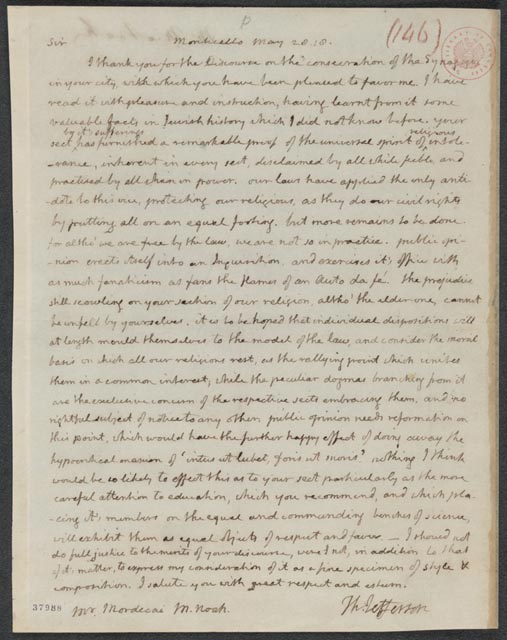

A very good source on handwriting is Kip Sperry’s Reading Early American Handwriting (first published in 1998, fifth printing in 2005 it is available as a Google Play Book for about $15). Then there is the problem of old handwriting that changes from clerk to clerk and from decade to decade as writing styles evolved. I have had to standardize words for clients who simply could not deal with “misspellings.” Also, in the case of documents where superscripts and abbreviations are used, like “y e” for “the” or strange letters, such as “ff” for capital F, converting to typed text is all the more complicated. In genealogy, of course, we run into all kinds of spellings, and it is hard to decide whether we should use the literal spelling from the record or modernize and standardize the word or name. Seeing a word in type instead of scribble helps me spot the errors. This may have had something to do with my less-than-perfect handwriting.

I did not learn to spell properly until I learned to type at the Katharine Gibbs School.


 0 kommentar(er)
0 kommentar(er)
